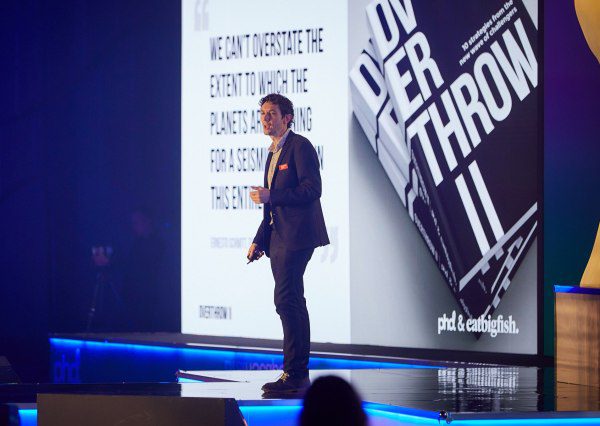It’s been 20 years since the term ‘challenger brand’ was coined. It was written by Adam Morgan in his book ‘Eating the Big Fish’, a seminal study of how smaller brands were stealing share from market leaders. It nearly goes without saying that a lot has changed in those 20 years.

PHD EMEA Chief Strategy Officer, Malcolm Devoy explores challenger brands at PHD UAE’s annual thought-leadership conference, Brainscape
PHD and Adam Morgan published a book in 2012 called Overthrow, a study of 10 new challenger narratives, and this year we teamed up again for the sequel, Overthrow II: 10 strategies from the new wave of challengers.
In Overthrow II, we identify challengers not by their size or their newness, but by their ideas on the change they want to make in their category and how they carry out that change. These are brands that are not necessarily looking to challenge someone (such as another competitor or market leader), but to challenge something – something they believe urgently needs to change.
These changes might relate to ethics in the supply chain, or the faceless personality of some services; the appropriateness of the category behaviours for the current generation, or perhaps simply a desire to inject a bit of humour or controversy to a typically staid category.
Challenger brands are therefore not defined by their size. Any brand has the potential to be a true challenger, regardless of how big the brand is, how old it is or how old the category itself might be – it is simply a case of standing up for something that a brand truly believes in and wants to change.
Being a challenger is about using the full force of their brand to drive change. And we mean full force – it can’t just be a marketing add-on. The challenge needs to be deeply rooted. It needs to find space in the company’s culture and their behaviours, as well as their marketing and communications.



